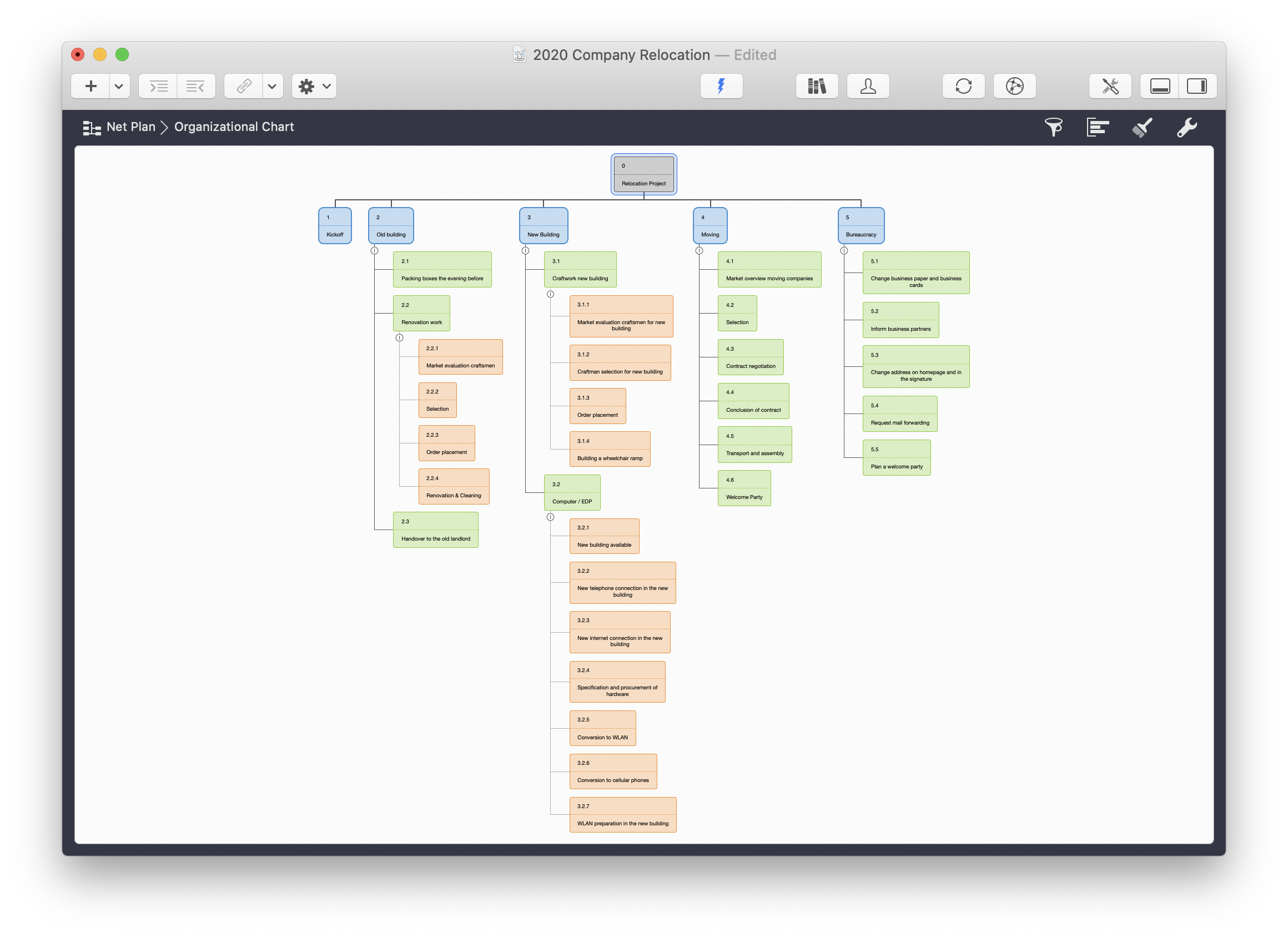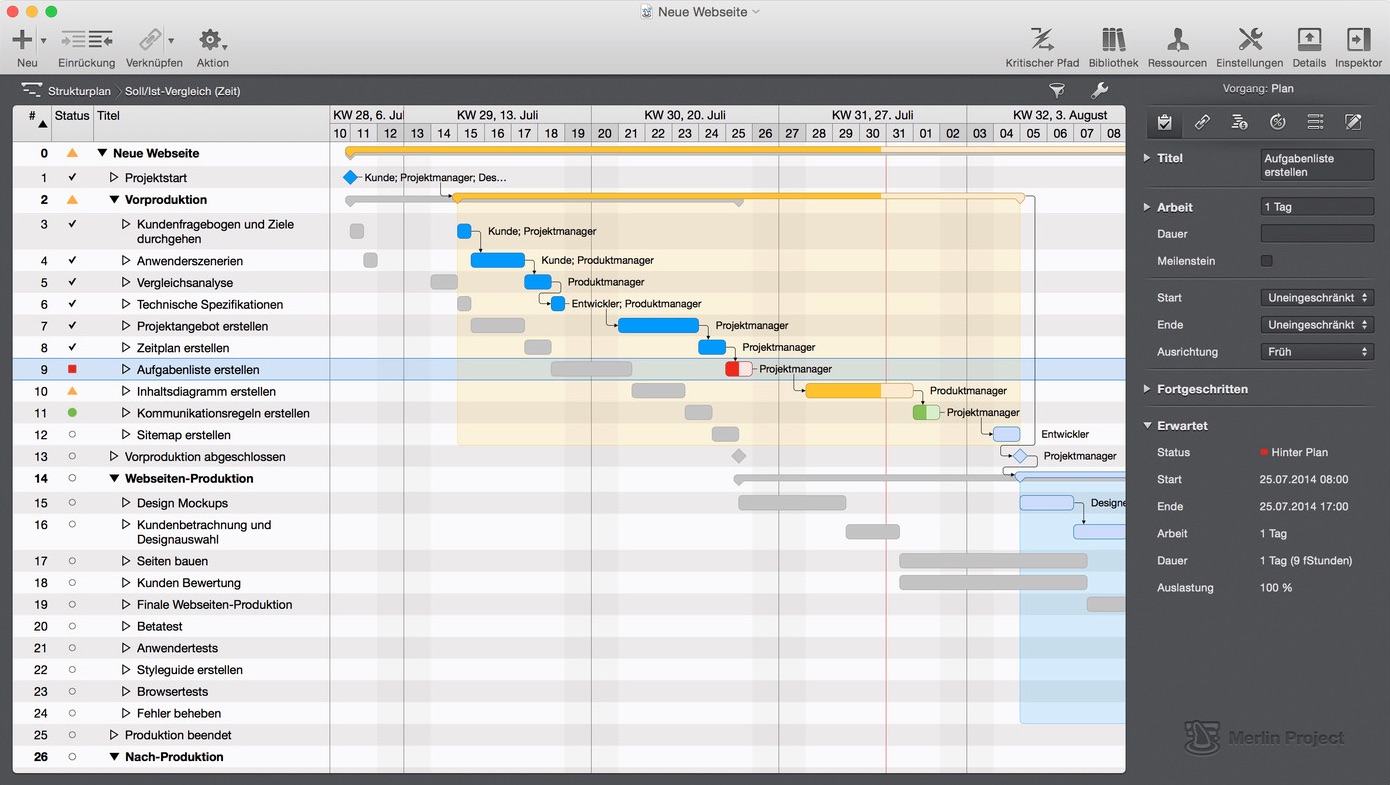

Gas in the atmosphere after water vapour and carbon dioxide.Ī major handicap to quantify the emissions at the Earth’s surface in order to better understand biosphere-atmosphere exchange processes and potential climate feedbacks is the lack of accurate and global observations of methane. Methane is the third most important greenhouse This paper presents the MERLIN objectives, describes the methodology and the main characteristics of the payload and of the platform, and proposes a first assessment of the error budget and its translation into expected uncertainty reduction of methane surface emissions. The main scientific objective of MERLIN is the delivery of weighted atmospheric columns of methane dry-air mole fractions for all latitudes throughout the year with systematic errors small enough (<3.7 ppb) to significantly improve our knowledge of methane sources from global to regional scales, with emphasis on poorly accessible regions in the tropics and at high latitudes. The German Space Agency (DLR) is responsible for the payload, while the platform (MYRIADE Evolutions product line) is developed by the French Space Agency (CNES). MERLIN is a joint French and German space mission, with a launch currently scheduled for the timeframe 2021/22.

The MEthane Remote sensing Lidar missioN (MERLIN) aims at demonstrating the spaceborne active measurement of atmospheric methane, a potent greenhouse gas, based on an Integrated Path Differential Absorption (IPDA) nadir-viewing LIght Detecting and Ranging (Lidar) instrument. Enfin, une projection des performances d’un système satellite mettant en œuvre la source a été établie. À partir de ces travaux et en s’appuyant sur des simulations, la possibilité d’intégration de la source dans un système aéroporté a été étudiée comme étape préliminaire à la mesure spatiale. Ces mesures ont servi de support pour une étude approfondie des erreurs et biais de mesure. Des mesures des trois gaz ont ensuite été réalisées depuis le laboratoire à partir du signal provenant de la rétrodiffusion des aérosols ou des nuages. L’optimisation de l’instrument s’est faite autour de deux points : le contrôle de la pureté spectrale de la source, et la maîtrise de la réponse de la chaine de détection et d’acquisition. Dans ce but, la source a été intégrée dans une architecture lidar dimensionnée préalablement à l’aide une modélisation numérique. Il s’est agi de démontrer l’aptitude de la source à être mise en œuvre pour des mesures longue portée des principaux gaz à effet de serre (CO2, H2O, CH4). Dans ce contexte, ces travaux de thèse ont porté sur le développement d’un lidar à absorption différentielle (DIAL) à partir d’une source paramétrique émettant dans la gamme spectrale 1,9 – 2,3 µm. Pour consolider le réseau d’observation mondial, la mise en œuvre de systèmes lidar embarqués sur satellite pour les futures missions de sondage atmosphérique depuis l’espace est considérée comme un atout à la fois innovant et complémentaire pour les méthodes de mesure actuelles. Pour estimer les puits et sources des gaz à effet de serre et améliorer les prévisions d’évolution du climat, il est nécessaire de disposer de mesures précises et continues de leurs concentrations atmosphériques à l’échelle globale.

It also guarantees almost no contamination by aerosols or water vapour cross-sensitivity, and thus has the advantage of an extremely low level of systematic error on the dry-air column mixing ratio of CH4. This technique enables measurements in all seasons, at all latitudes.
#Time traks merlin project free
The IPDA technique relies on DIAL (Differential Absorption LIDAR) measurements using a pulsed laser emitting at two wavelengths, one wavelength accurately locked on a spectral feature of the methane absorption line, and the other wavelength free from absorption to be used as reference. This payload is under the responsibility of the German space agency (DLR), while the platform (MYRIADE Evolutions product line) is developed by the French space agency (CNES). MERLIN is focused on global measurements of the spatial and temporal gradients of atmospheric CH4, the second most anthropogenic gas, with a precision and accuracy sufficient to constrain Methane fluxes significantly better than with the current observation network.įor the first time, measurements of atmospheric composition will be performed from space thanks to an IPDA (Integrated Path Differential Absorption) LIDAR (Light Detecting And Ranging). The Methane Remote Sensing Lidar Mission (MERLIN), currently in phase B, is a joint cooperation between France and Germany on the development, launch and operation of a methane (CH4) monitoring satellite.


 0 kommentar(er)
0 kommentar(er)
